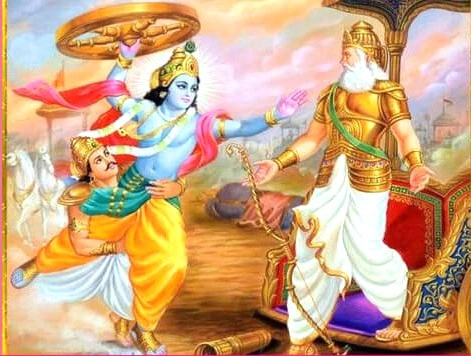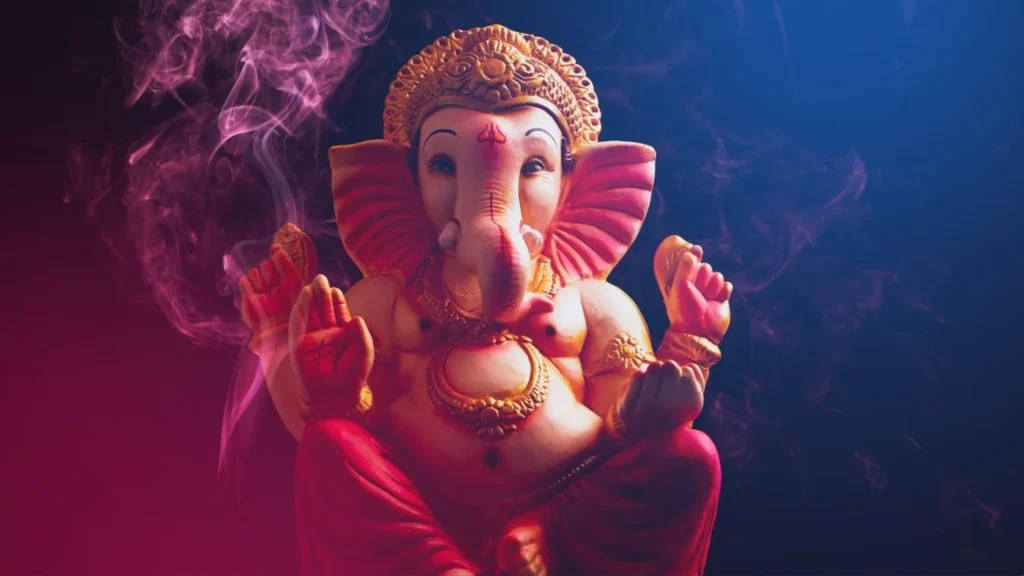
Table of Contents
The Origin of Jagannath Painting
To begin with, the folk painting tradition in Odisha dates back to prehistoric cave paintings and rock shelters, showing how early civilizations expressed their stories visually. Then, the tradition gradually evolved into more refined styles. Most importantly, one of the most spiritually significant themes became the depictions of Lord Jagannath, along with Balabhadra and Subhadra.
Even today, during festive rituals, weddings, Bratas, and Oshas, rural Odia homes are adorned with paintings representing gods, beliefs, and daily life. As a result, these artworks stand as living traditions rather than relics of the past.Types of Jagannath-Inspired Folk Paintings
Above all, Jagannath Paintings are a key part of Odisha’s folk art tradition. They include:
- Pattachitra – Firstly, detailed cloth paintings depicting Lord Jagannath and mythological scenes.
- Mural Paintings – Secondly, temple wall art illustrating divine stories in bold colors.
- Scroll Paintings – Thirdly, long vertical artworks used to narrate religious tales.
- Palm-leaf Engravings – Additionally, intricate etchings on dried palm leaves folded like books.
- Alpana and Muruja – Moreover, floor art made during festivals using rice paste or colored powders.
- Ganjapa Paintings – Finally, circular playing cards painted with Jagannath themes.
Jagannath Temple and Its Artistic Influence
Undoubtedly, Jagannath Temple in Puri isn’t just a place of worship. It is the spiritual fountainhead for countless Chitrakaras (traditional painters) whose art exists because of and for the temple.
For instance, from painting the Anasara Pati (temporary image of deities during the hidden period) to the widely popular Jatri Patis (pilgrimage souvenirs), the Chitrakaras owe their livelihood to this sacred site. Over time, their work extended from cloth to walls, evolving mural traditions while preserving ancient iconography and styles.Anatomy of a Jagannath Painting
For instance, a typical Jagannath painting—especially in Pattachitra form—includes:
- First of all, bold, flat colors and clean lines
- In addition, no perspective or background shadows
- Moreover, stylized features of Jagannath, Balabhadra, and Subhadra
- Furthermore, surroundings like Baisi Pahacha (22 steps), Rosaghara (temple kitchen), Adapa Mandapa, and Sweta Ganga
- Finally, seasonal “Vesha” (attire) like Suna Vesha (gold), Nagarjuna Vesha, and Kaliyadalana
Symbolism in Arms and Festivals
- Golden arms – Suna Besha and Raja Besha
- Cane arms – For Kaliyadalana and Krishna-Balaram Vesha
- Pith (lightweight wood) arms – Gaja-Uddharana Vesha
The Magic of Mangala & Maritime Themes
People Always Ask
1. What is Jagannath Painting?
2. Where is Jagannath Painting found?
3. Who are the traditional artists behind Jagannath Paintings?
4. What materials are used in Jagannath Paintings?
5. Is Jagannath Painting part of Pattachitra?
Cultural Relevance Today
Nevertheless, Jagannath Painting remains a living art form—thanks to its deep religious connection and tourism in Puri. It thrives in craft fairs, festivals, online markets, and cultural exhibitions both in India and abroad.
Moreover, this art not only preserves mythological stories but also supports rural livelihoods, empowering artisan families to continue this sacred lineage.

